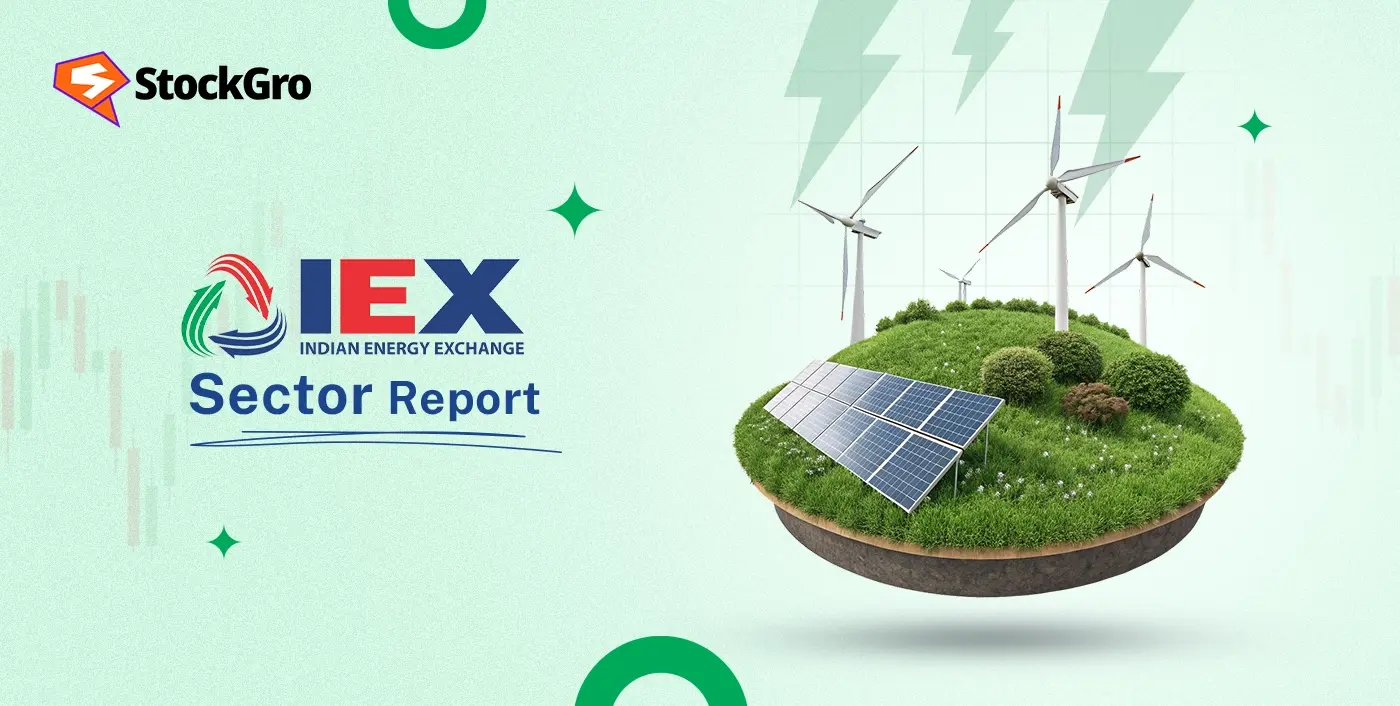
Sector overview
The chemical sector in India is often called the “hidden backbone” of the economy. From fertilizers in agriculture to specialty chemicals in electronics, paints, and pharmaceuticals — chemicals touch almost every part of daily life. Yet, the sector is going through a transformation. Rising domestic demand, shifting global supply chains, and sustainability pressures are reshaping the future.
Structural Growth Drivers (Medium-to-Long Term)
- China+1 & Europe+1
- Environmental tightening and energy costs offshore are pushing global buyers to qualify Indian suppliers for multi-year contracts in intermediates and specialties.
- Environmental tightening and energy costs offshore are pushing global buyers to qualify Indian suppliers for multi-year contracts in intermediates and specialties.
- Import Substitution
- Large domestic deficits in polymers, solvents, select intermediates, specialty additives → brownfield & greenfield capacity rising across clusters (Gujarat, Maharashtra, AP, TN).
- Large domestic deficits in polymers, solvents, select intermediates, specialty additives → brownfield & greenfield capacity rising across clusters (Gujarat, Maharashtra, AP, TN).
- Value-chain Migration Upwards
- Indian leaders moving from basic → intermediates → specialties → solutions, driving better gross margins and ROCE.
- Indian leaders moving from basic → intermediates → specialties → solutions, driving better gross margins and ROCE.
- End-Market Tailwinds
- Agro: resilient spend; shift toward complex molecules and sustainable formulations.
- Pharma: steady demand for KSMs/intermediates; outsourcing scale-up.
- EV/RE: fluorochemicals, battery binders/electrolytes, backsheet films, specialty gases.
- Agro: resilient spend; shift toward complex molecules and sustainable formulations.
- Policy & Infrastructure
- PCPIRs, chemical parks, common effluent facilities, port upgrades; incentives in select sub-segments (e.g., fluorination/electronics ecosystem).
- PCPIRs, chemical parks, common effluent facilities, port upgrades; incentives in select sub-segments (e.g., fluorination/electronics ecosystem).
Cyclical & Near-Term Realities
- Feedstock sensitivity: Naphtha/crude, benzene/toluene, propylene, chlorine/caustic spreads.
- Price cycles: Polyester chain (PX/PTA/MEG), phenol/acetone, acetyls, caustic-chlorine cycle.
- Freight & currency: Export realisations hinge on freight and INR; strong INR can cap export gains.
- Destocking/restocking loops: Customer inventory cycles create lumpy quarterly prints; watch channel data.
Investor takeaway: Blend structural winners (specialties, fluorination, CDMO) with cyclical recovery plays (chlor-alkali, phenolics, acetyls) for barbell exposure.
Key Challenges
- Raw Material Dependence
India still imports a large portion of raw materials like petrochemicals and intermediates from China. Any disruption affects domestic manufacturers. - Margin Pressures
Commodity chemicals face volatility in crude oil prices. Specialty players face pricing pressure from global competition. - High Capex & Regulatory Hurdles
Setting up plants requires heavy investment and long approval timelines due to environmental concerns. - Global Slowdown Risk
Weakness in global demand (especially in Europe and the US) may weigh on exports in the short term.
Sub-Sector Highlights
- Specialty Chemicals – Fastest growing segment, expected to clock 10–12% CAGR till 2030. Beneficiaries: Aarti Industries, Deepak Nitrite, SRF, Navin Fluorine.
- Agrochemicals – Domestic farm demand steady, exports growing. Beneficiaries: PI Industries, UPL, Bayer Crop Science.
- Bulk Chemicals & Petrochemicals – More cyclical, tied to crude oil and industrial activity. Beneficiaries: RIL, GAIL, Indian Oil.
Outlook (2025-2026)
- Domestic demand will remain strong, driven by housing, auto, FMCG, and textiles.
- Specialty chemicals to outperform bulk chemicals due to higher margins, lower cyclicality, and global outsourcing.
- Export demand is expected to revive as global inventory levels normalize post-2024 slowdown.
- M&A activity likely to rise as Indian companies acquire niche players to enhance product portfolios.
- Focus on sustainability and green chemistry will lead to innovation and new product launches.
Valuation and Stock Market Trends
| Bank | CMP(in ₹) | P/E | RoCE | 1Y Returns |
| Pidilite | 3,087 | 71x | 30% | -1% |
| Gujarat Flurorochemical | 3.424 | 60x | 10% | 5% |
| Navin Fluorine | 5,030 | 72x | 12% | 52% |
| Deepak Nitrite | 1,805 | 40x | 16% | -36% |
| BASF | 4,601 | 48x | 18% | -31% |
Recommendation: Overweight the Chemical sector with a 12–18 month horizon, especially in portfolios seeking capital growth.If you found this helpful and want regular stock trade calls, check out my StockGro profile here: https://stockgro.onelink.me/vNON/6m6ykj0dConclusion
The Indian chemical sector is no longer just a low-cost supplier. It is becoming a value-added global partner with increasing focus on R&D, sustainability, and niche chemicals. For investors, specialty chemicals remain the sweet spot due to strong demand visibility and structural tailwinds.

